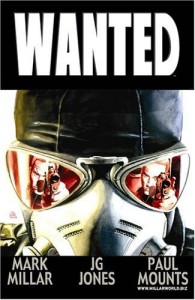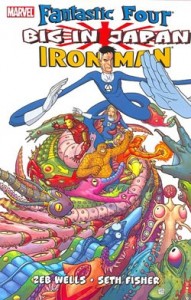This is a free five-part book reading and discussion series. The series explores Jewish literature and culture through scholar-led discussions of contemporary and classic books on the theme of Modern Marvels: Jewish Adventures in the Graphic Novel. Here, five Jewish artists experiment with words and pictures to tell stories of childhood, war, and desire, to conjure up lost worlds, both real and imaginary, and to contemplate history, myth, and the individual psyche.
Program Details
All participants will receive a printed copy of an essay on the Modern Marvels theme written by Jeremy Dauber, Atran Assistant Professor of Yiddish language, literature, and culture at Columbia University.
June 24
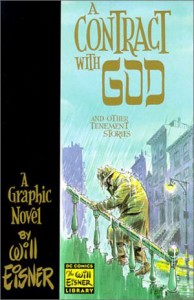
Will Eisner
A Contract with God: And Other Tenement Stories
Each week during the 1940s, Will Eisner drew “The Spirit,” a comic about a masked detective that earned him fans around the globe. He revolutionized comics a second time when, in 1978, he reached back to his own beginnings to produce the first “graphic novel”—a book-length form that now includes such classics as Art Spiegelman’s Maus.
Set among 1930s Bronx tenements, these four stories capture the brutal, tender world of working-class Jews. In the title story, Frimme Hersh’s daughter suddenly dies, sorely testing the “contract” this self-made man once entered into with God. In “Cookalein,” Eisner casts a humorous eye on the amorous, social-climbing tendencies of young urbanites spending a summer in the Adirondacks. Wry, honest, and sad, these four stories showcase Eisner’s unique ability to capture character with the quick stroke of his pen.
July 8

Art Spiegelman
The Complete Maus: A Survivor’s Tale
The comic book transfigured, this graphic novel tells the story of Spiegelman’s parents Vladek and Anna, Jews reaching maturity in a Europe on the verge of Nazism, and their terrifying history and eventual survival in the concentration camps. Spiegelman uses the broadest tools of the genre—Jews are drawn as mice, Nazis as cats, Poles as pigs, Frenchmen as frogs, and so on—to make vivid the unimaginable, both to the reader and to himself, appearing as a character in the book listening to his father’s story.
A triumph of storytelling in panels, Maus changed forever the way that readers, critics, and artists themselves thought about the graphic novel. In 1992 the Pulitzer Prize committee recognized the Spiegelman’s groundbreaking achievement by awarding him a special prize for Maus.
July 22
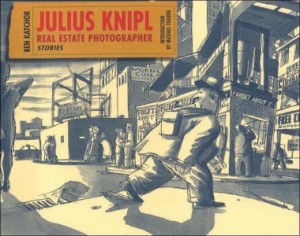
Ben Katchor
Julius Knipl, Real Estate Photographer: Stories
Steeped in a melancholy, grey-tinted world of elevated trains, luncheonettes, and gently decaying tenements, Katchor’s perambulating photographer Julius Knipl documents a rapidly vanishing urban netherworld. Peopled by men who map the migration of hairstyles and those who belong to the Amalgamated Panty-Waist Fitters Union, his cityscape is a familiar one, albeit with the touch of a demented fairy tale.
This is a world where films like “The Wild Aspirin” play at the Doloroso and wholesale calendar salesmen “enter a state of self-induced hibernation” by mid-February, their job complete for the year. Brilliantly conveying a deep and abiding affection for lower middle-class city life, Katchor, with his blocky ink drawings and wry Yiddish-flavored text, implores his readers to open their eyes to the beauty of the urban landscape.
August 5
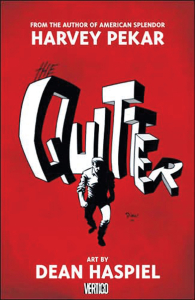 Harvey Pekar (Art by Dean Haspiel)
Harvey Pekar (Art by Dean Haspiel)
The Quitter
Pekar, the author of the celebrated comic book American Splendor, spent his life quitting before he could fail. Here, he enumerates the ways: an adolescence spent bullying other children in Cleveland, where his immigrant parents owned a small grocery; a lackluster academic career; an unending array of file clerk jobs.
Ostensibly covering Pekar’s early years, this dark graphic novel tackles everything from his brief stint in the Navy to jazz criticism and mid-century race relations. The gritty and atmospheric artwork by American Splendor collaborator Dean Haspiel perfectly captures Pekar’s cantankerous tone. But a surprisingly hopeful message ultimately surfaces. It’s possible to find your way in the world, Pekar suggests, even if it takes a lifetime to do it.
August 19
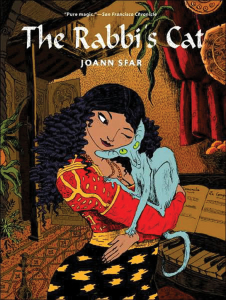 Joann Sfar
Joann Sfar
The Rabbi’s Cat
After eating a parrot, an aged Algerian rabbi’s cat develops the ability to speak and quickly declares his desire not only to be Jewish, but to have a bar mitzvah. The rabbi engages his pet in a spiraling debate, touching on topics such as spelling, parental love, and the very nature of Jewish identity.
French graphic novelist Sfar’s delightful, vibrantly illustrated story is set in Algeria and Paris in the 1930s, where the encroaching modern world is rapidly shattering many long-held customs and assumptions. And like his human counterparts, the rabbi’s cat has some tough choices to make: “Should I stay in this house of Jews who are so elegant you’d swear they were French, with the beautiful rugs and the smell of fine cooking, or follow my master in the rain”?
The University of Minnesota Libraries—Twin Cities, in partnership with The Friends of the Saint Paul Public Library, is one of over 250 libraries nationwide receiving grants to offer the series. Local support is provided by the Center for Jewish Studies at the University of Minnesota. Let’s Talk About It: Jewish Literature, a reading and discussion series, has been made possible through a grant from Nextbook and the American Library Association.
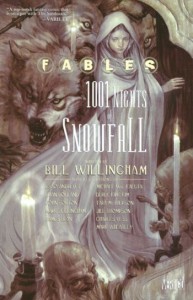 This was a bunch of different stories in the Fables universe, all tied together by their narrator, Snow White. The art is pretty, but with the exception of Snow White’s first story, about her learning to sword-fight, I didn’t much care for the stories themselves. They were mostly just fairy-tales changed subtly to fit into what I presume to be the Fables universe. (This is only the first Fables story that I’ve read.)
This was a bunch of different stories in the Fables universe, all tied together by their narrator, Snow White. The art is pretty, but with the exception of Snow White’s first story, about her learning to sword-fight, I didn’t much care for the stories themselves. They were mostly just fairy-tales changed subtly to fit into what I presume to be the Fables universe. (This is only the first Fables story that I’ve read.)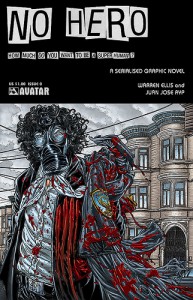
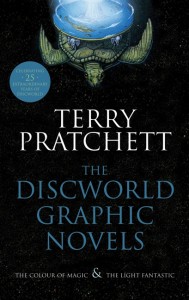





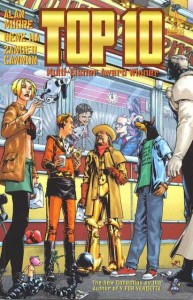
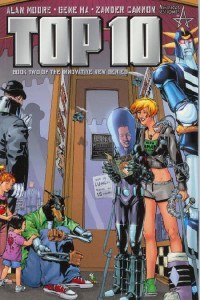
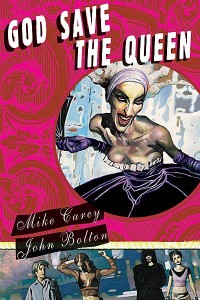
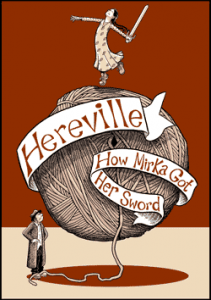 This isn’t really a review yet, since I’ve only just sent money to Barry Deutsch for a paper copy of his enchanting comic book
This isn’t really a review yet, since I’ve only just sent money to Barry Deutsch for a paper copy of his enchanting comic book 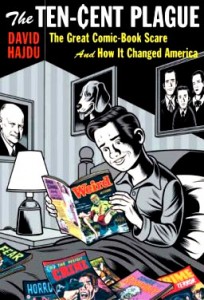 David Hajdu, author of The Ten-Cent Plague: The Great Comic Book Scare and How It Changed America will be giving a talk and signing copies of his book Tuesday, July 8th at 7:30 p.m.. The press release is as follows:
David Hajdu, author of The Ten-Cent Plague: The Great Comic Book Scare and How It Changed America will be giving a talk and signing copies of his book Tuesday, July 8th at 7:30 p.m.. The press release is as follows: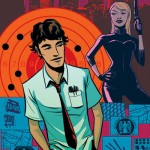

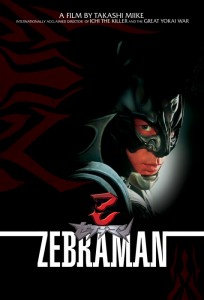
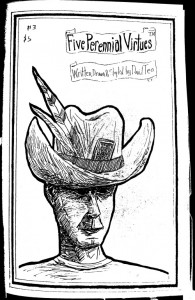
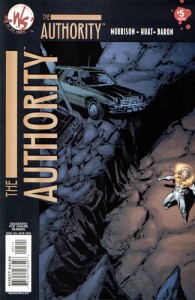
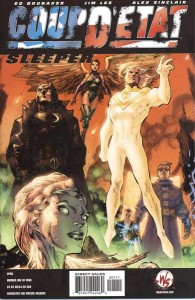
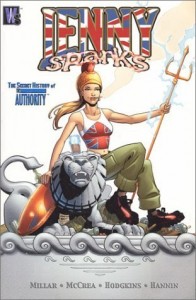
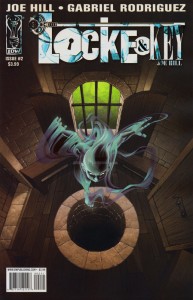
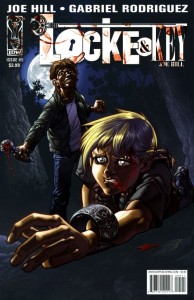

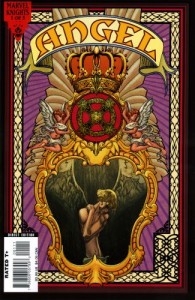
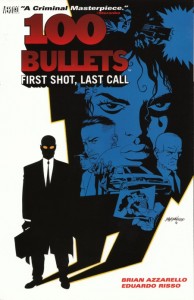
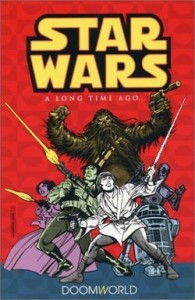 Years ago, before I got back into Doctor Who fandom, I was pretty hardcore about Star Wars. My brother and I collected the toys, the books, the comics, but my interest petered about halfway through the Jedi Acadmey trilogy and the Dark Empire II comics. I also started back with Doctor Who collecting. Meanwhile, my brother has taken the Star Wars fandom to a higher level, continuing to by the books and getting some Star Wars tattoos.
Years ago, before I got back into Doctor Who fandom, I was pretty hardcore about Star Wars. My brother and I collected the toys, the books, the comics, but my interest petered about halfway through the Jedi Acadmey trilogy and the Dark Empire II comics. I also started back with Doctor Who collecting. Meanwhile, my brother has taken the Star Wars fandom to a higher level, continuing to by the books and getting some Star Wars tattoos.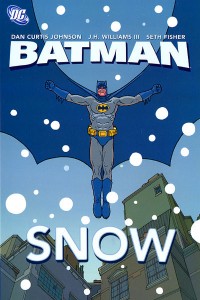
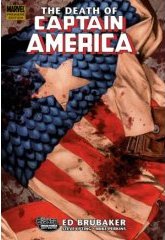 I’d already read Captain America #25, the one that was in the news last year covering the death of Captain America. Maybe I should’ve put a spoiler warning there, but really, it was on all the news channels, and even in the New York Times. This hardcover opens up with issue 25, and has the subsequent five issues as well. Basically, this is Captain America without Captain America. It deals with all the aftermath of his death, the wake, how his friends, and fellow super-heroes are dealing with the tragedy. I’m currently on issue 27, with Bucky trying to reclaim a certain item being held in custody. I’ve heard that many people feel the Captain America series got a lot better after Steve Rogers died. While these stories are entertaining, and I’m intrigued with where things are going with it, I’m not interested enough to read it outside of the trades, and those when they are available by the library.
I’d already read Captain America #25, the one that was in the news last year covering the death of Captain America. Maybe I should’ve put a spoiler warning there, but really, it was on all the news channels, and even in the New York Times. This hardcover opens up with issue 25, and has the subsequent five issues as well. Basically, this is Captain America without Captain America. It deals with all the aftermath of his death, the wake, how his friends, and fellow super-heroes are dealing with the tragedy. I’m currently on issue 27, with Bucky trying to reclaim a certain item being held in custody. I’ve heard that many people feel the Captain America series got a lot better after Steve Rogers died. While these stories are entertaining, and I’m intrigued with where things are going with it, I’m not interested enough to read it outside of the trades, and those when they are available by the library.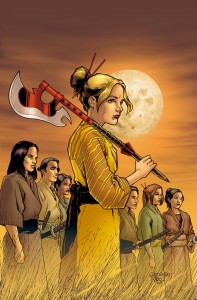 I just bought Part 4 of Drew Goddard’s ‘Wolves at the Gate’ arc of Buffy Season 8. Drew wrote for Buffy and Angel when they were on the air (he’s also a JJ. Abrams favorite, having written for Alias, Lost and Cloverfield). He has always demonstrated excellent pacing and wit in his writing, and I have been really impressed with his ability to transfer those skills over to the medium of comics. This issue completely sucked me in and then took me on the roller coaster that I expect in the Jossverse; weaving excitement, laughter, and wrenching heartbreak. When it ended I felt drained and happy, hopeful and yet sure that soon, things would get much worse for these characters that I care about. Because it always gets worse, and yet it never feels depressing. The message has always been that the world can suck and there are no guarantees for a happy ending, but there are friends and there are moments of joy and connection, and that is the point. We keep fighting.
I just bought Part 4 of Drew Goddard’s ‘Wolves at the Gate’ arc of Buffy Season 8. Drew wrote for Buffy and Angel when they were on the air (he’s also a JJ. Abrams favorite, having written for Alias, Lost and Cloverfield). He has always demonstrated excellent pacing and wit in his writing, and I have been really impressed with his ability to transfer those skills over to the medium of comics. This issue completely sucked me in and then took me on the roller coaster that I expect in the Jossverse; weaving excitement, laughter, and wrenching heartbreak. When it ended I felt drained and happy, hopeful and yet sure that soon, things would get much worse for these characters that I care about. Because it always gets worse, and yet it never feels depressing. The message has always been that the world can suck and there are no guarantees for a happy ending, but there are friends and there are moments of joy and connection, and that is the point. We keep fighting.